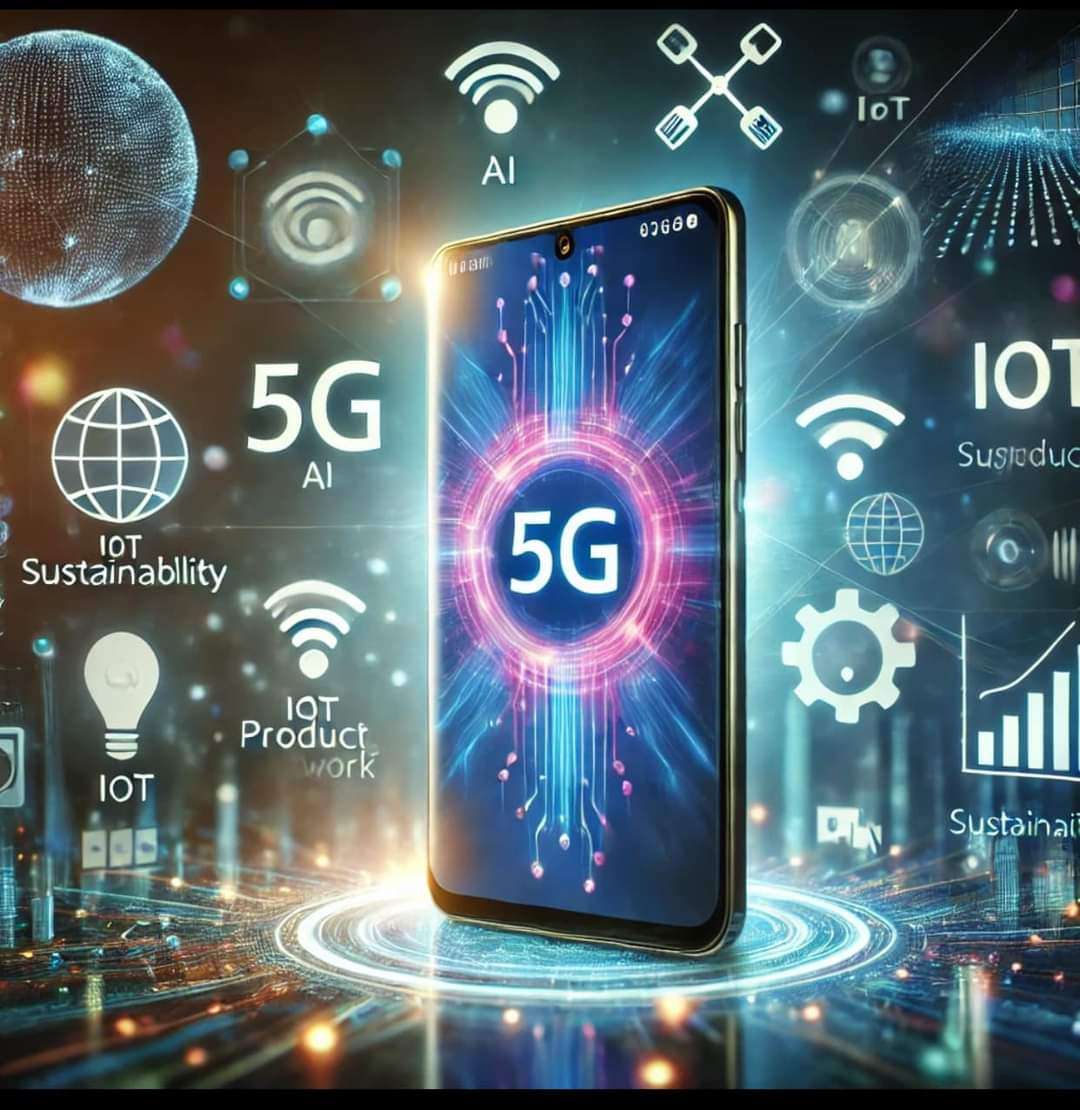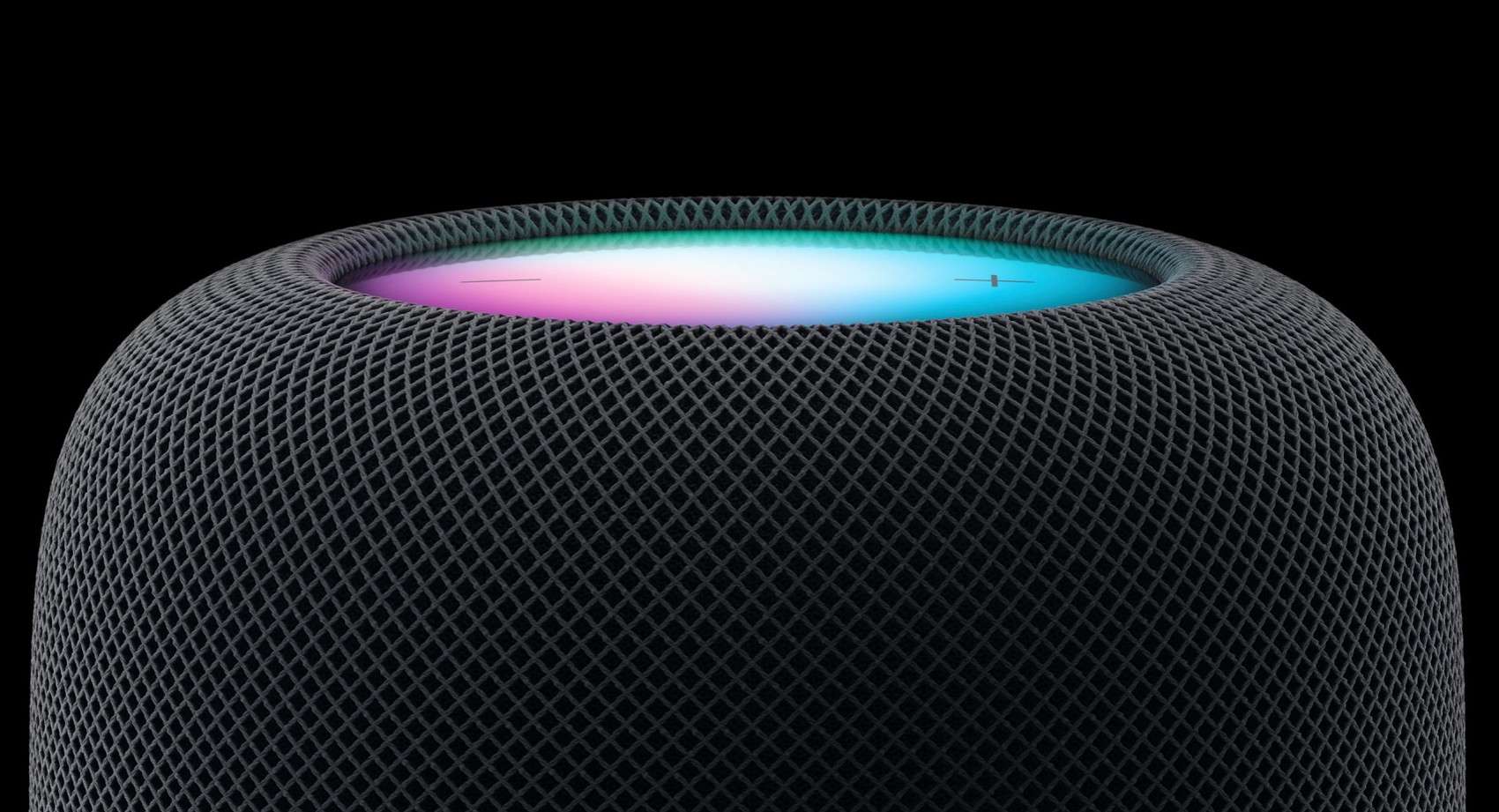The Mobile Handset Industry’s Transformation: Key Trends for the Next Three Years
The mobile handset industry is poised for a significant transformation over the next three years, driven by breakthroughs in 5G, artificial intelligence (AI), and the Internet of Things (IoT). For professionals involved in various sectors of the mobile ecosystem—ranging from research and development (R&D) to marketing and trade—the key to staying ahead of the competition lies in understanding these shifts and aligning their strategies accordingly.
5G Integration: A New Era of Connectivity
As 5G technology becomes mainstream, the demand for 5G-enabled smartphones is set to rise dramatically. Manufacturers and marketers will need to not only develop cutting-edge devices but also educate consumers on the numerous benefits of 5G. These include faster speeds, improved battery life, and more seamless user experiences. Optimizing devices to handle the enhanced capabilities of 5G will be essential for meeting consumer expectations in the coming years.
AI-Powered Handsets: The Future of Smart Devices
Artificial intelligence is expected to play an even greater role in reshaping mobile devices, with features like smarter cameras, enhanced voice assistants, and predictive user interfaces becoming standard. Marketing teams must emphasize these innovations to attract consumers, while trade partners need to ensure that AI-powered handsets are well-positioned in prominent retail channels. The smarter the devices become, the more critical it will be to communicate these advancements effectively to end users.
IoT-Enabled Devices: The Mobile Handset as a Control Hub
Mobile phones are rapidly evolving into control hubs for the Internet of Things, connecting everything from smart homes to connected cars. This trend presents a unique opportunity for marketers to create bundled offerings that pair mobile handsets with IoT services, increasing the value proposition for consumers. On the trade side, retailers and distributors will need to focus on making these integrated devices visible and accessible in high-demand markets, positioning them as central to the growing IoT ecosystem.
Sustainability in Manufacturing and Trade
As consumers grow more conscious of their environmental impact, the demand for eco-friendly mobile products is increasing. Brands must prioritize sustainability in both the design and production of mobile devices. This shift will require marketers to highlight these green initiatives in their messaging, while trade partners will need to support these efforts by offering sustainable packaging and promoting environmentally friendly supply chain practices.
Customer-Centric Innovation: Standing Out in a Competitive Market
In an increasingly competitive landscape, customer experience will remain a key differentiator. Marketing and trade teams will need to work closely together to ensure that mobile devices not only meet evolving consumer needs but also stand out in a crowded marketplace. Tailored promotions, creative campaigns, and strategic product placements will be critical in capturing consumer attention and driving sales.
Conclusion
Ultimately, success in the evolving mobile handset industry will hinge on aligning technological innovation with effective marketing strategies and strategic trade partnerships. As 5G, AI, and IoT continue to reshape the market, those who adapt quickly and strategically will be best positioned for growth and long-term success.














Post Comment